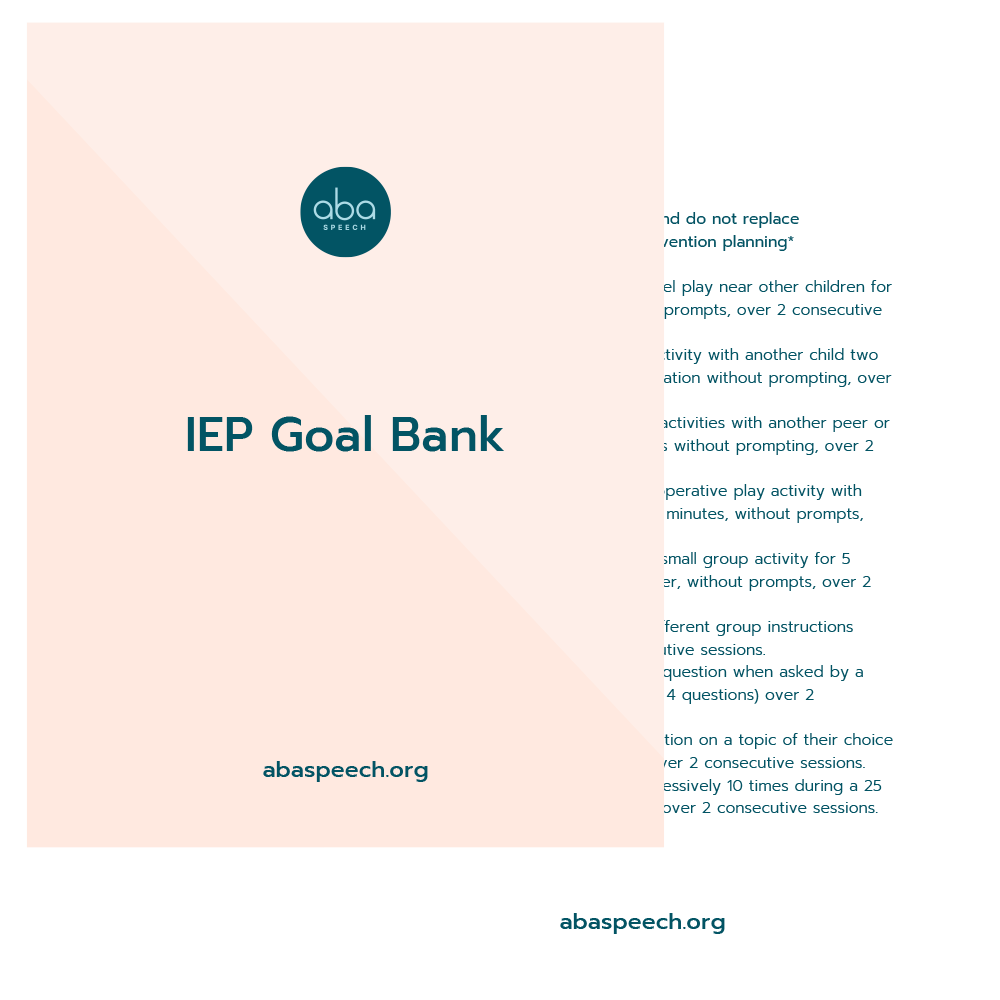Advancing our autistic learners in language is huge, but what about our advanced language learners? We all have those individual students that are already using 2-3 words on their own, but may have plateaued or are not growing as much as you would like to see. Let’s review some language milestones for advanced learners to see if your students are making the progress you want to see. If you find after this review you are unsure what path to take next, be on the lookout for a new ABA course, The Advanced Language Learner, launching in mid-September! For now let’s review those language milestones for our advanced learners so you can evaluate where you children or students are and how they are progressing!

Students who are using 2-3 words on their own are advanced learners. Advanced learners may be using phrases spontaneously for a variety of reasons throughout the day. Advanced learners may label some items and actions on their own, engage in some parallel play with peers, and are typically Level 2-3 VB MAPP learners. If you have students that are falling in this range, some specific milestones will absolutely help with planning, so let’s take a look!
First up, 19-28 months is when children begin using the present progressive -ing on the end of words. Tommy running is an example. This milestone is a big one because without the -ing ending, a child’s speech may be hard to interpret.
Next is 27-33 months. This is when children or advanced learners begin to add -s to make regular words plural. This is an important language milestone as children begin to identify plurals of different items.
Now, anytime between 26-40 months is when children begin to use the possessive -s. This one is when I say that it is Tommy’s toy. Children recognize that ownership is used when using the possessive -s.
26-48 months brings the -ed ending to words. This is a regular past tense. Tommy walked, or Tommy climbed. Here children are beginning to demonstrate past tense.
26-46 is adding the regular third person (a person outside of themselves) -s in words. For an idea of what this milestone looks like, a child might say, Tommy plays or Tommy reads. Children are beginning to use the third person by adding the necessary -s to the verb. Prepositions like in, on, and, to appear in language around the age of 2. When children begin to use prepositions, their language becomes much clearer.

Irregular verbs come a bit later starting between 3-31/2 years old with hit and hurt. These are irregular because many children will say, “hitted or hurted,” before learning the irregular verb.
Between 31/2-5 we see a few more irregular verbs. See the chart below for a quick reference of words that children will use correctly and at what age.

This review of language milestones for advanced learners is super helpful, but what if you are now stuck saying, what next? ABA Speech has a new course coming your way mid-September. The Advanced Language Learner is an ASHA and ACE course. Be on the lookout for that new course to sign up to give you all of the insight into teaching advanced learners!
Working with autistic learners is so rewarding, but can also be overwhelming. Don’t let your advanced learners plateau. Using this review of milestones, make some lessons around what naturally comes next! Don’t forget to watch for the new course, The Advanced Language Learner for a great opportunity to grow! Language milestones for advanced learners don’t need to be a mystery! Bookmark this page for future reference! See you at your next ABA course!

0 Comments